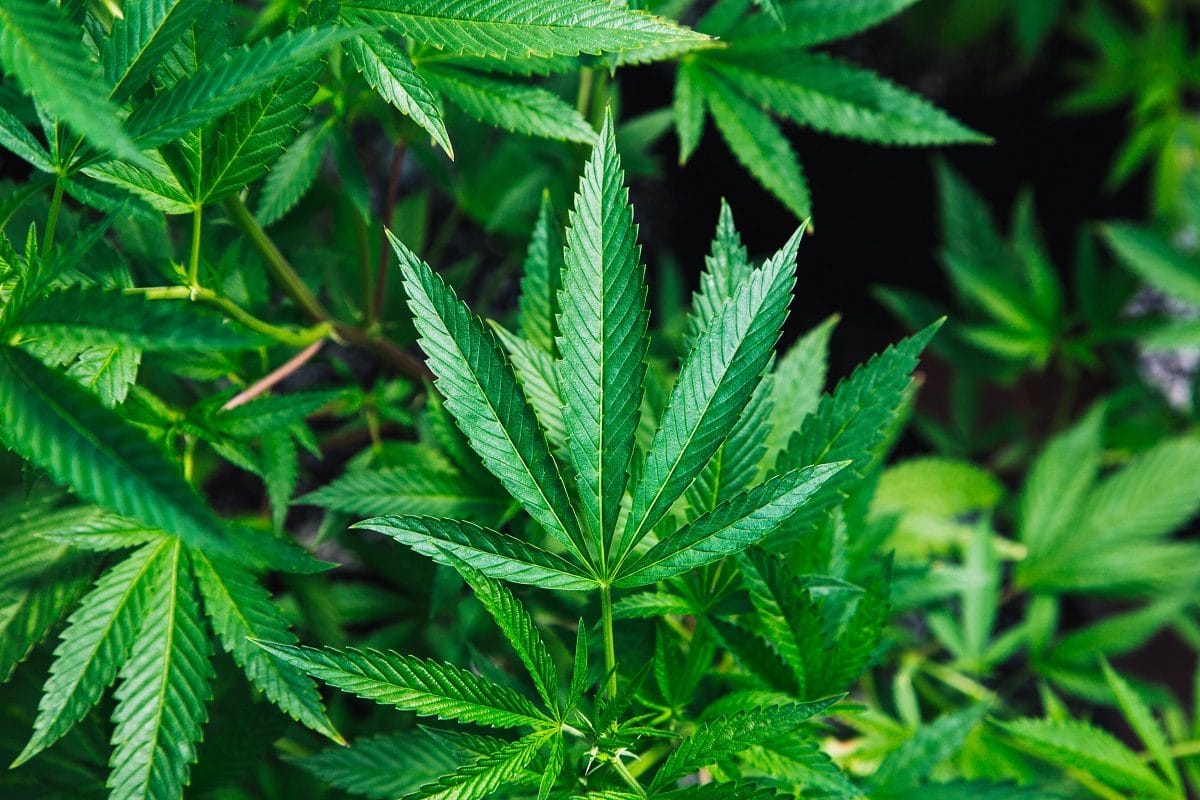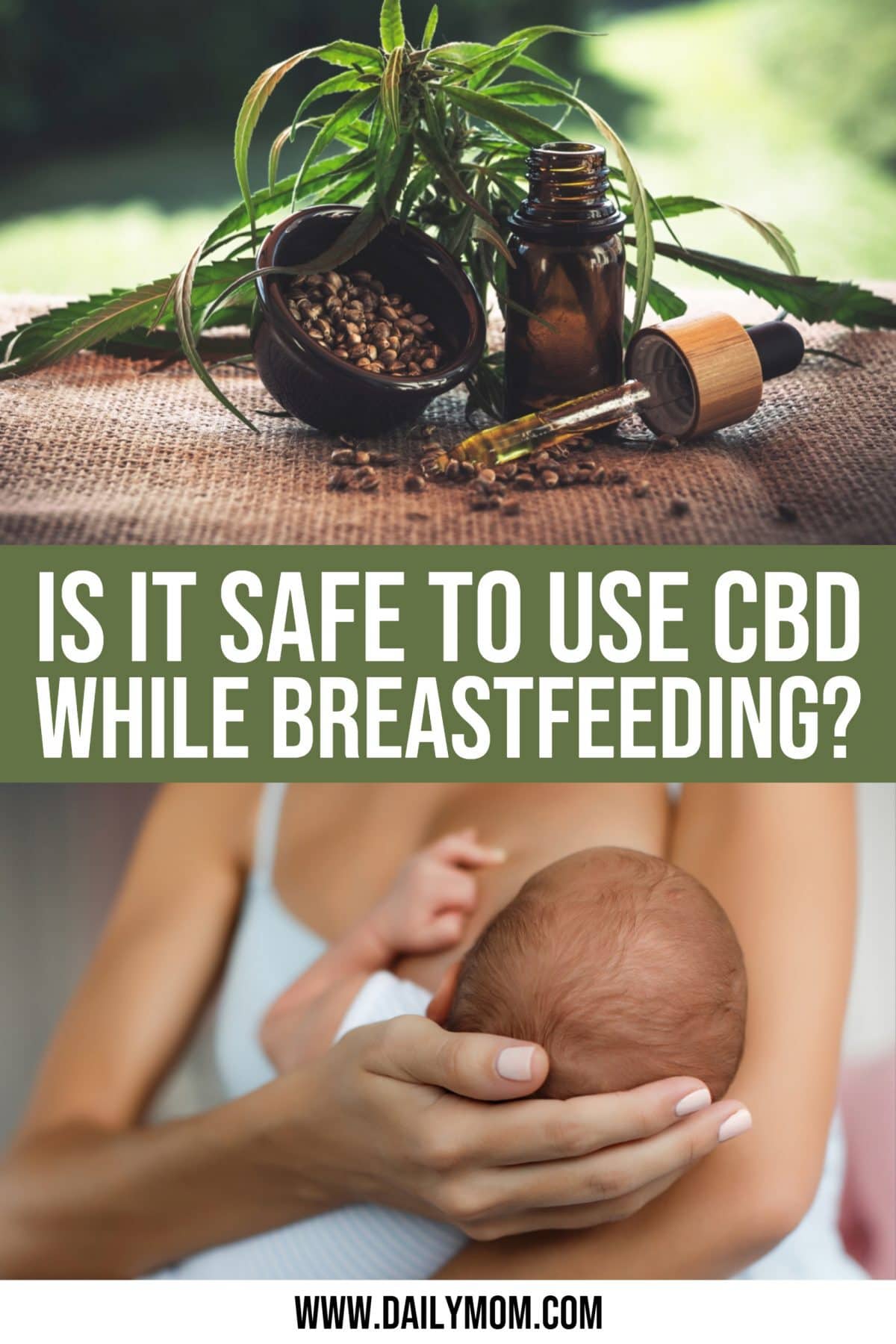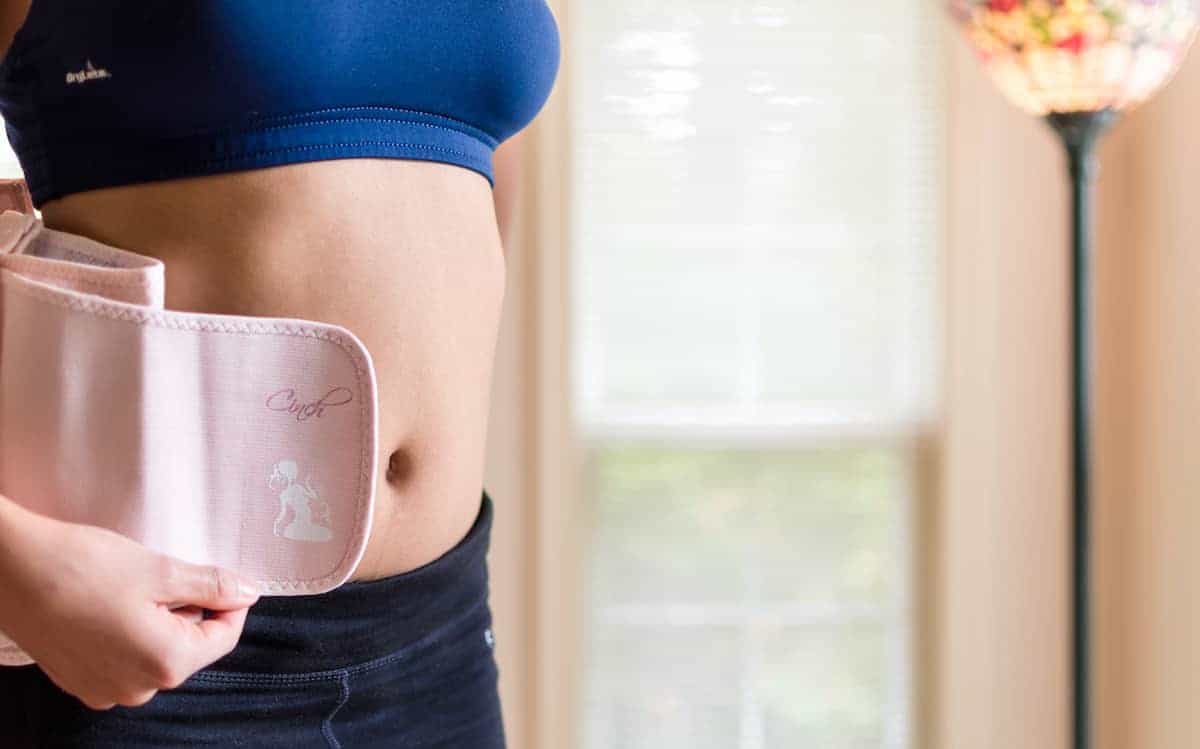Now that the hemp plant and its derivatives, like CBD, are legal in the U.S. on a federal level, many people are wondering about CBD; its uses, benefits, and possible side effects. People of all walks of life, including moms considering the use of CBD while breastfeeding, are turning to CBD as part of their regimen for fighting a variety of ailments due to its lack of psychoactive properties, its easy access, and its organic qualities.
For those mamas who are interested in the many applications of CBD, but wary of using CBD while breastfeeding, here is some information to help you make an informed decision for the health of you and your baby.
CBD research is ongoing and is by no means conclusive. Thus, some medical professionals advise against the use of CBD until more conclusive studies are available. However, since preliminary studies have shown CBD to have a favorable safety profile, other health professionals are on Team CBD.
The most important thing for new or breastfeeding moms is to have a discussion with your health practitioner, and possibly even your baby’s pediatrician, about CBD while breastfeeding to decide what is right for you.
The History of CBD
Cannabis is not new. It is, in fact, it is an ancient herb with male and female flowering plants. Based on studies of the Cannabaceae family of plants of which Cannabis is just one of over 160 documented species, many scientists now assert that the plant was native to Central Asia originally and has been used for millennia for its medicinal, textile, and psychoactive properties. Archaeological evidence has produced signs of the use of cannabis plants dating back to 6000 years before the present time.

The Breakdown – What is CBD? What do all the terms mean?
- Cannabis – Cannabis is a general term that refers to the 3 species of hemp plants (Cannabis sativa, Cannabis indica, Cannabis ruderalis).
- Marijuana – Marijuana is a term that describes the dried leaves, flowers, stems, and seeds from the hemp plant.
- CBD – Short for Cannabidiol, CBD is a cannabinoid, a chemical compound found in cannabis plants.
- Cannabinoid – Cannabinoids are the chemicals found within cannabis that interact with specific receptors, namely, cannabinoid (CB) receptors, within the body. The 60+ types of cannabinoids currently identified differ by the degree to which they are psychoactive.
- THC – Delta-9-tetrahydrocannabinol (THC), the cannabinoid most commonly associated with marijuana as a drug of abuse, is psychoactive, other cannabinoids including CBD are not.
- Hemp – The plant Cannabis sativa L. and any part of that plant, including the seeds thereof and all derivatives, extracts, cannabinoids, isomers, acids, salts, and salts of isomers, whether growing or not, with a delta-9-tetrahydrocannabinol [delta-9 THC] concentration of no more than 0.3 percent of a dry weight basis.
For comparison, the Hemp plant contains less than 0.3% delta-9 Tetrahydrocannabinol (THC), the active ingredient in marijuana that causes intoxication, whereas the marijuana plant often contains at least 5%.
How is CBD used and Why?
CBD comes in a variety of forms and products, from oils (sublingual application) and lattes to creams and lotions. It has been used in a number of ways to treat a plethora of ailments because of its interactions with the human endocannabinoid receptors.
What are Endocannabinoid Receptors?
Imagine an internal communications system for your body; the endocannabinoid receptors act as towers through which signals are sent or received. CBD sends signals to these towers to affect how the body absorbs or produces chemicals like serotonin, adenosine, or anandamide, among others. These chemicals in different quantities can change the way the body feels or reacts to pain, stress, anxiety, etc.
As each person is different, these receptors can be affected to varying degrees from one person to the next.
What are the benefits of CBD use?
The National Institute of Health has stated that CBD exhibits neuroprotective, antiepileptic, anxiolytic, antipsychotic, and anti-inflammatory properties.
According to the World Health Organization, preliminary studies suggest that some of the uses for which CBD may be effective include:
- Pain relief – Analgesic effect in patients with neuropathic pain resistant to other treatments.
- Anxiety – Reduction of muscular tension, restlessness, fatigue, problems in concentration, improvement of social interactions in rodent models of anxiety and stress; reduced social anxiety in patients.
- Depression – Anti-depressant effect in genetic rodent model of depression.
- Cardiovascular – Reduced infarct size through anti-oxidant and anti-inflammatory properties in vitro and in vivo.
- Reducing opioid cravings – CBD may have therapeutic properties on opioid, cocaine, and psychostimulant addiction, and some preliminary data suggest that it may be beneficial in cannabis and tobacco addiction in humans.
- Anti-inflammatory – Anti-inflammatory properties in several in vitro and in vivo models; inhibition of inflammatory cytokines and pathways.
- Stress relief – Reduces blood pressure response to stress.
According to WHO, CBD is generally well tolerated with a good safety profile. The study also found that there is no evidence that CBD causes the same toxic psychoactive effects as THC.
Read More: 23 CBD Products That Will Change Your Life
Approved Uses of CBD in the United States
The 2018 Farm Bill in the United States legalized hemp by including it in the supplemental and alternative crop section and adding tetrahydrocannabinol from hemp as an exemption to Schedule 1 designation of the Controlled Substances Act among other things. You can download a copy or click through the amendments to the latest farm bill here.
Since there is currently only one FDA approved CBD product in the U.S., Epidiolex – a medicine for pediatric epilepsy, the vast majority of CBD products are not regulated and thus are not guaranteed to contain the chemicals, formulas, or percentages on a consistent basis so product research is necessary before purchase and consumption on any CBD product.
According to the FDA, other than one prescription drug product to treat rare, severe forms of epilepsy, the FDA has not approved any other CBD products, and there is very limited available information about CBD, including information about its effects on the body.
CBD While Breastfeeding

Why CBD While Breastfeeding? If you’re looking into the use of CBD while breastfeeding, odds are you are experiencing some of the medical issues that a broad spectrum of CBD proponents say CBD can help reduce, such as anxiety, depression, chronic pain, or stress. Being a new mom can be hard so don’t be afraid to share your feelings, ask questions, and go on fact-finding missions.
A simple internet search for CBD While Breastfeeding will pull up plenty of cases of self-reported (personal anecdotes not scientifically verified) positive experiences with CBD used to treat post-partum depression, sleeplessness, and other new mama qualms during lactation. Just make sure to do your research and make an informed decision for yourself and your baby.
Read more: Safe Medications While Breastfeeding
As with anything consumed while breastfeeding, trace amounts can be passed on to your breastfeeding baby through your breastmilk. It is important to note that THC, the psychoactive cannabis compound, can be detected in breastmilk weeks after use and is even detectable in a baby’s urine.
Studies have not yet been officially conducted on CBD in human breastmilk though studies on animal breastmilk may soon provide helpful information. However, since the human body naturally contains cannabinoids, it is challenging to differentiate CBD from endocannabinoids in breastmilk.
While research is ongoing, studies so far have been inconclusive as to the adverse effects of CBD while breastfeeding or in breastmilk, and conversely, there is not enough research currently available to definitively state that CBD while breastfeeding is harmless for both Mama and baby.
Health Agency Recommendations for CBD While Breastfeeding
National Institute of Health: Because of insufficient long-term data on the outcome of infants exposed to cannabis via breastmilk, health professionals’ opinions on the acceptability of breastfeeding by cannabis-using mothers varies. In general, professional guidelines recommend that cannabis use should be avoided by nursing mothers, and nursing mothers should be informed of possible adverse effects on infant development from exposure to cannabis compounds in breastmilk.
The American College of Obstetricians and Gynecologists discourages the use of cannabis in general during pregnancy and lactation.
The Food and Drug Administration (FDA) defers to the ACOG’s recommendation of discouraging the use of cannabis during pregnancy and lactation.
It is up to you to decide what treatment is the best option for you. If you’re unsure of how something might affect your nursing babe, check with your health practitioner before starting or continuing use. Cheers to all the mamas navigating a healthy lifestyle while breastfeeding!
WANT TO READ MORE?
Check out the Benefits of CBD oil.

Photo Credits: Unsplash.com | Shutterstock.com
Sources: National Institutes of Health | Food and Drug Administration | American College of Obstetricians and Gynecologists | World Health Organization | Federation of American Scientists |










































